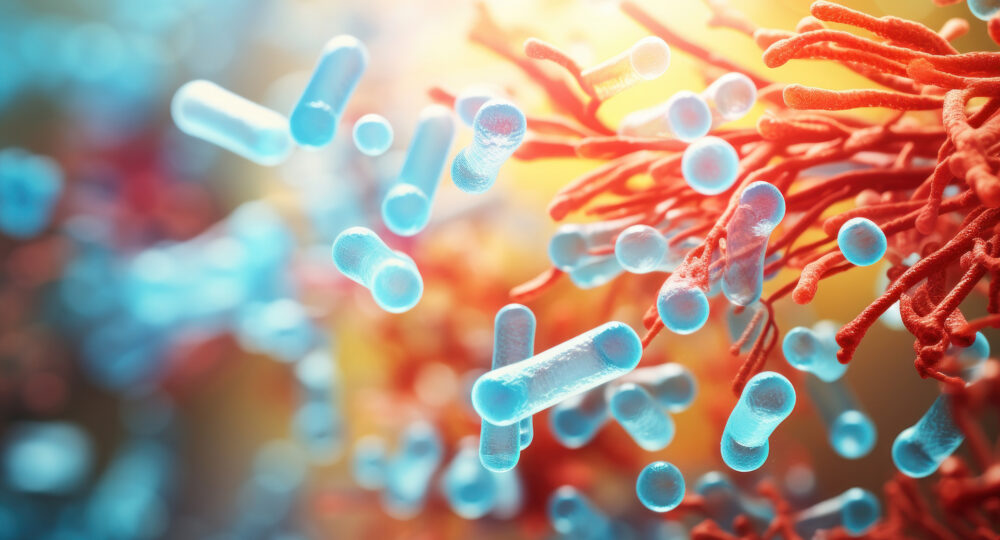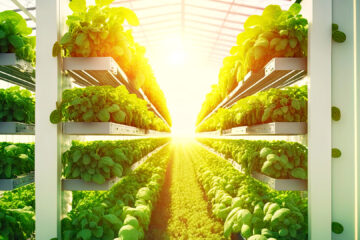
Discovery of Plastic-Eating Bacteria: A Solution to Pollution?
In a world with an escalating plastic waste crisis, the discovery of plastic-eating bacteria emerges as a beacon of hope. This groundbreaking development showcases the ingenuity of scientific exploration and poses a potential solution to one of the most pressing environmental issues of our time.
The Discovery and Development of Plastic-Degrading Bacteria
The journey into the realm of plastic-degrading bacteria began with a serendipitous discovery in a Japanese waste dump in 2016. Researchers identified a strain of bacteria, Ideonella sakaiensis, capable of breaking down polyethylene terephthalate (PET), a common plastic used in bottles and clothing. This bacterium uses two enzymes to hydrolyze PET into its basic subunits, which the bacteria then utilize as an energy source.
Further advancements followed swiftly. Scientists engineered and optimized these enzymes, enhancing their efficiency in degrading plastics. Notably, a modified version of an enzyme, PETase, showed a remarkable ability to break down PET within days, as opposed to the centuries it takes for PET to degrade naturally.
Tackling the Global Plastic Waste Problem
The implications of this discovery for addressing the global plastic crisis are profound. According to the United Nations Environment Programme, the world produces about 300 million tons of plastic waste yearly, and this number is only rising. Traditional methods of addressing this waste – recycling and landfilling – have proven inadequate. Recycling rates remain low globally, and plastics in landfills can release harmful chemicals into the environment.
In this context, plastic-eating bacteria offer an innovative approach. By accelerating the degradation process, these bacteria could significantly reduce the volume of plastic waste. This biotechnological solution also aligns with circular economy principles, enabling waste conversion into valuable resources.
Scientific Hurdles Ahead
Despite the promise, significant scientific hurdles remain. First, scaling up the process from laboratory conditions to industrial levels poses a substantial challenge. The current efficiency of these bacteria and enzymes has yet to be viable for large-scale operations. Additionally, the bacteria need to be tailored to degrade various plastics, as the current strains are mostly effective on PET only.
Environmental safety is another critical concern. Introducing genetically modified organisms into ecosystems carries risks, including potential impacts on local biodiversity. Rigorous testing and regulation will ensure these bacteria do not adversely affect ecological balances.
Furthermore, there’s the issue of byproducts – the degradation process results in smaller compounds, which must be managed effectively to prevent secondary pollution. Research into converting these byproducts into useful materials is ongoing, but this area requires more development.
The discovery of plastic-eating bacteria stands as a testament to the power of scientific innovation in addressing environmental challenges. While it heralds a new frontier in pollution management, the road ahead is paved with scientific and ethical complexities. It demands a multidisciplinary approach, combining biotechnology, environmental science, and policy-making. As researchers continue to hurdle these challenges, the potential of these microscopic marvels as a solution to plastic pollution grows, offering a glimmer of hope in our fight against environmental degradation.
References:
-
- Plastic Waste and Recycling: Environmental Impact, Societal Issues, Prevention, and Solutions by Trevor M. Letcher (Editor) – examines the issue of plastic waste, including details on recycling technologies and the potential role of biodegradation in managing plastic pollution.
- The Bio-based Plastics Economy and Circular Thinking by Michael Carus & Others – focusing on bio-based plastics, it gives insights into how innovations like plastic-degrading bacteria fit into broader economic and environmental strategies.









